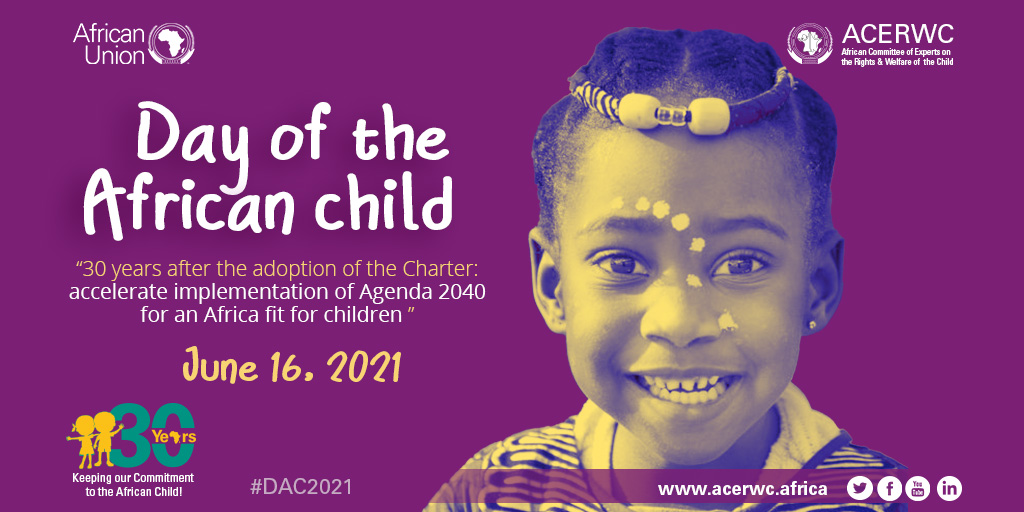
Every year since 1991, June 16 has been referred to as the ‘International Day of the African Child’, in honor of thousands of black schoolchildren who participated in the Soweto uprising, South Africa, against the apartheid education system in 1976. The day is also used to raise awareness of the continuing need for improvement of the education provided to African children.
On this day in 1976, hundreds of school children were shot, killed and thousands injured in a protest against the poor quality of their education and demanding their right to be taught in their language. Since then every year, governments, NGOs, and stakeholders in Africa use this day to discuss the challenges and opportunities for African Children. The theme for this year is “30 years after the adoption of the Charter: accelerate the implementation of Agenda 2040 for an Africa fit for *children”.
Here are 7 facts about the Day of the African Child.
- It honors the spirit and sacrifices of the protesters who were injured and killed in the Soweto uprising in South Africa.
- The day commemorates their historic march of protest on this day, in 1976, to stand before they disapproved of the Black Education Act: which created division among education based on races.
- The day was designated as the International Day of the African Child by African Union in 1991 to promote children’s rights.
- One major aim of the day is to highlight harmful practices against children such as genital mutilation, as over 30 million girls in Africa are in danger of undergoing FGM within the next decade.
- The day also ensures fair and equal opportunities for everyone. This day helps us remember what we should stand for.
- Across the world, tens of millions of children are uneducated, and more than half of them live in Africa.
- By the year 2050 almost one in three of the world’s children under 18 will be African.
Leave a reply
You must be logged in to post a comment.













